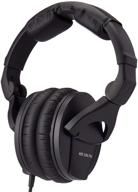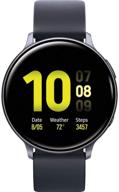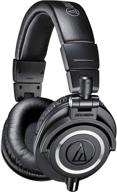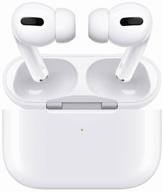
Review on 📸 ANGFLY iPhone Camera Lens Pro with Tripod - Capturing Stunning 4K HD Photos with 120° Wide Angle Lens & 20X Super Macro Lens. Compatible with iPhone, Samsung, Huawei, and More! by Chad Gomez

Well made but not impressive
The package I received contained a tiny, short booklet that didn't list everything in the box or explain an important point about usage. The devices in the box are all solid, well made and reasonably well thought out, and there are no visual defects either. The end result is not impressive. The contents of the box exceeded all my expectations: in addition to a pair of lenses, there is a detachable cover for the front and a tiny snap-on cover for the back. There are two different clips, one is like a clothespin and the other uses a screw grip to grip the iPhone. There's a cute little pouch too, and I also got an odd two-piece device that wasn't described in the brochure, but I eventually realized it was a small tripod that can firmly hold a phone. This can be useful for time-lapse sequences, for example with or without additional lenses. The lens consists of two lens blocks screwed together. Together they form a wide-angle lens. Unscrewing the front leaves you with a macro lens. What the brochure doesn't tell you is that the pieces are reverse-threaded so they can be split "right-loose, reverse-tight". This is indicated by small arrows on the macro lens barrel. But as received, the two parts were screwed together very, very tightly and I struggled for quite a while, turning them one way and then the other, until finally I forced them to turn. A person with weak hands can never be successful. But it was only a problem the first time. Just don't press them too hard from now on. The lens must be screwed into one of the two clamps. This is a common carving, but it's fairly easy to tip and cross over on a thread. This ruins the clothespin, which is made of plastic. You would probably notice if you twist the screw terminal since it's metal and stop before you seriously damage it. So you have your lens in a bind; Now mount it on your phone. I found it very difficult to get accurate alignment of the lens with the camera lens. There are small axis markings on the screw clamp for centering, but they are of little use. The only way to get it right is to look down through the lens and see the camera lens behind it and gently wiggle it until they are in line. OK, let's take a picture. I'm uploading four examples (scaled down). The first two are from my living room with a wide angle and then a regular iPhone lens (7). see the difference It's not very much. It's not a fish eye! (The difference in brightness is due to the auto adjustment of the iPhone, not the lens.) The third and fourth are the begonias on my patio, the first is the iPhone only, and the second is with the close-up lens. In both cases, I focused on focusing on the topmost, closest petal. I leaned forward as close as I could, keeping the edge of the petal sharp. As you can see, the macro lens enlarges the subject by about 35% with a slight loss of depth of field.
- Absolute legend
- Great price
New products
Top products in 📱 Cell Phone Accessories

Sennheiser HD280PRO: 🎧 Next-Generation Pro Audio Headphones

260 Review

💫 Renewed SAMSUNG Galaxy Buds Pro R190: True Wireless, Noise Cancelling Bluetooth Earbuds

208 Review

SAMSUNG Galaxy Watch Active2 (Aqua Black, R820-44mm) 📱 with Bluetooth, Silicon Strap, and Aluminum Bezel - International

248 Review

Black Audio-Technica ATH-M50X Professional Grade Studio Monitor Headphones with Detachable Cable - Critically Acclaimed

200 Review














